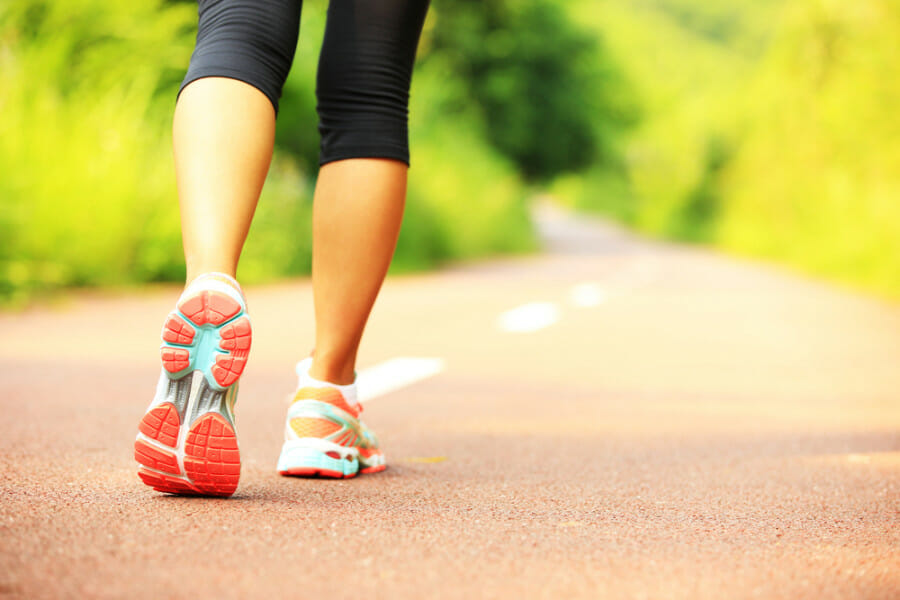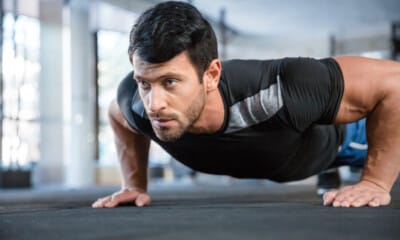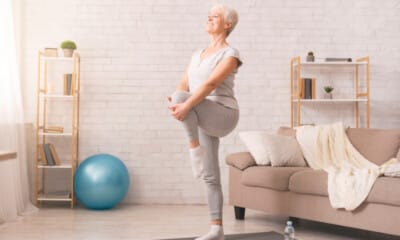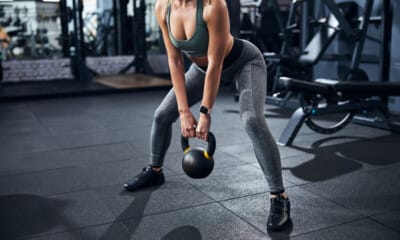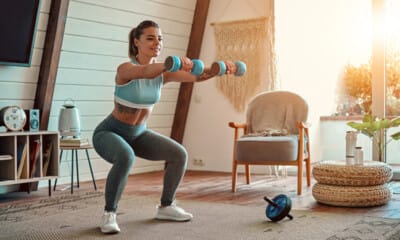Mastering Pain-Free Walking: Tips For Achieving Perfect Form
Walking is a natural activity that most of us learn when we start moving around as children. However, as we age, various factors such as aches and pains, foot pronations or supinations, and weaknesses can disrupt our natural walking gait. If you’re experiencing discomfort while walking, a walking exercise for seniors can help make this form of exercise more manageable and enjoyable.
For instance, if you spend a lot of time sitting, you may have tight hamstrings. This can lead to a tilt in your pelvis, putting extra strain on your lower back and causing pain when you stand or walk. To reverse the effects of these disruptions and get back to pain-free walking, it’s important to reacquaint yourself with proper walking form.
According to Liz Fichtner, a group fitness manager and instructor, the correct way to walk involves shoulders up, shoulder blades down, core engagement, slight rotation of the thoracic spine, and lifting from the heel. While breaking down the mechanics of walking might feel awkward at first, ensuring that each body part is mobile, flexible, and connected will help improve your walking form.
If starting a regular walking routine seems overwhelming, incorporating exercises like the ones in this walking exercise for seniors can gradually help you progress towards your goals. Fichtner suggests starting by simply walking and becoming attuned to your body and correct walking mechanics.
This 9-minute walking exercise for seniors can be followed along with Fichtner in a video or done independently. It focuses on full-body muscle activation and mobility exercises, targeting one body part at a time before integrating them into an ideal walking gait.
Here are the steps involved:
A 9-minute walking exercise for seniors
Format: Nine minutes of full-body muscle activation and mobility exercises, focusing on one body part at a time before putting all the movements together to practice an ideal walking gait
Equipment needed: Space to move around
Who is this for: Seniors who want to stretch, mobilize, and activate their muscles before going for a walk
1. Find your toes
Ensure you have a full range of motion in your foot by lifting your heel on the ball of your foot and shifting side to side from your big toe to your pinky toe.
2. Forefoot rolls
Lift your heel and roll onto the ball of your foot, feeling your toes. Alternate between lifting and rolling onto the balls of your feet, eventually building up to a galloping motion.
3. Lower body joint circles
Perform circular movements at your joints, starting with ankle circles on each foot, then moving on to knee circles, and finally hip circles. Engage your core throughout these movements.
4. Arm swings
Stabilize your hips, engage your core, and gently swing your arms, alternating which arm is in front. Focus on the rotation in your thoracic spine, just above your belly button.
5. Hip side-to-sides
Rotate your hips from side to side, allowing each side to swerve forward one at a time. Keep the movement fluid and relaxed.
6. Gait practice
Combine core-connected arm swings with hip side-to-sides, integrating the previous two exercises.
7. Leg lifts
Practice lifting your leg with a bent knee to discover where your power naturally comes from. Then, focus on driving that knee lift from your heel.
8. Practice walking from the sacrum
Focus on elongating your upper body by lifting from your sacrum, located at the bottom of your spine. This will help improve posture and open up the chest.
9. Put it all together
Finally, practice walking with a lifted heel, an elongated spine, core engagement, and gentle hip swaying and arm swinging. Focus on the rotation through your thoracic spine and maintain a loose and tall posture.
With these exercises, you’ll be equipped to enjoy pain-free walking. Don’t forget to wear proper walking shoes before hitting the pavement or your chosen walking surface!


